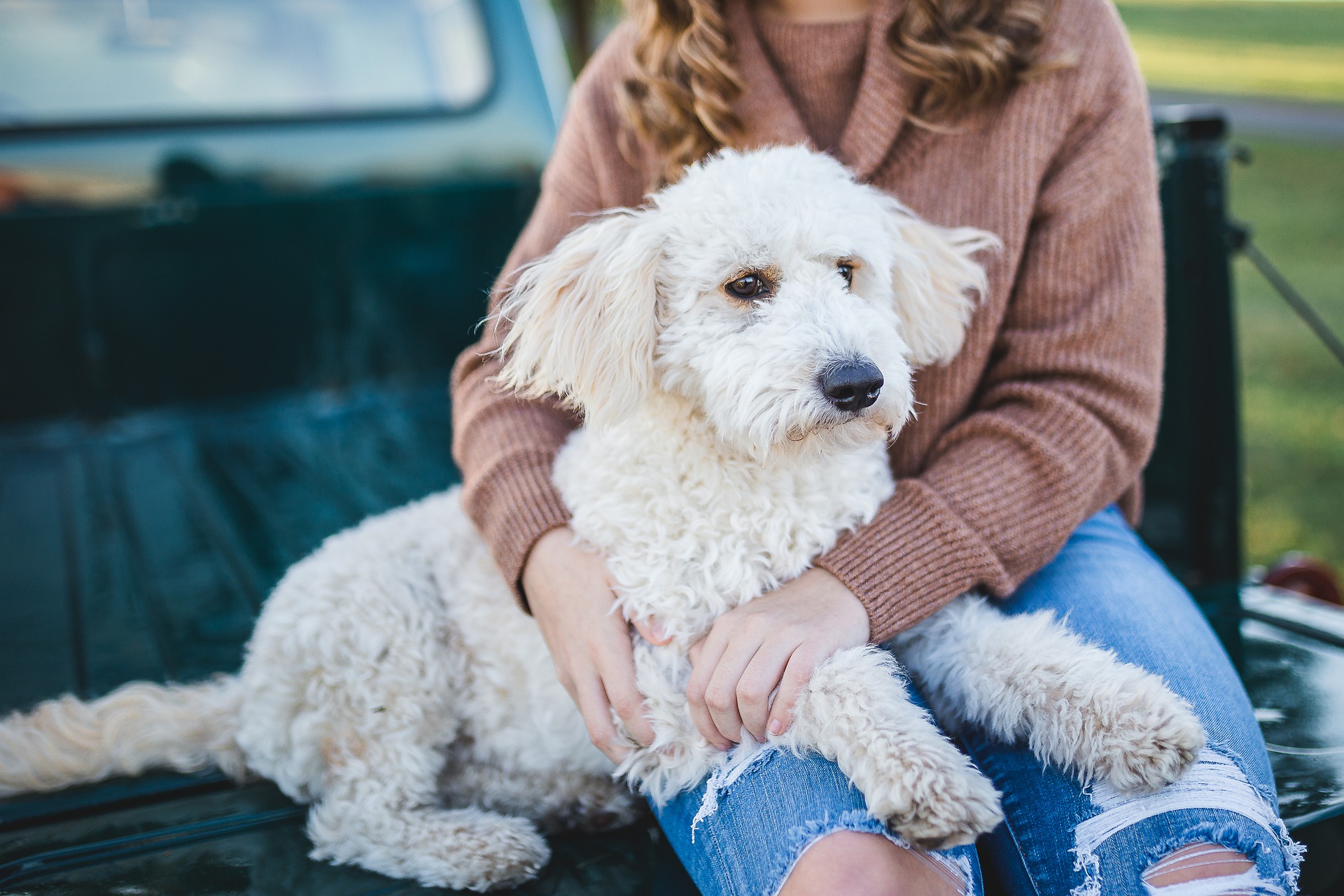6 Practical HVAC Maintenance Tips for Pet Owners
Owning a furry pet is a joy known by millions of people across the country (and billions across the world). We humans need companionship and pets like cats, dogs, and even hamsters provide warm and fuzzy unconditional love. They also provide an unlimited source of pet hair. When you love on your dog or your cat rolls on the carpet, pet hair is the result. When you clean your hamster cage or brush your rabbit, pet hair gets into the air. It sticks to the upholstery and drifts down with the dust. It flies up when you take a step or sit on the couch and –just like dust– you can bet it gets into your HVAC system.
Pet hair can significantly impact your home’s air quality – especially if there’s someone allergic in the home. Pet fur and their natural dander get into the air and no amount of vacuuming can fully get it out. Working with your HVAC, you can help to fight back the tide of drifting fur. But HVAC maintenance is essential to keep your system and your air quality both in good condition while your furry best friend is shedding.
Today, we’re here to spotlight a few practical maintenance tips to take care of your HVAC, your furry pet, and your air quality all in one smart set of actions.
1) Brush and Love On Your Pet Regularly
Straight from the pros, we have found that the best way to keep pet hair out of your HVAC is to brush your pet regularly. This is by far the most enjoyable form of HVAC maintenance in the business. Brushing your dog, cat, rabbit, or other furry companion picks hair up into the brush and drops it on the ground. You may even get a few airborne strands, but far fewer than if, say, a dog shook all their loose fur into the air at once. The more fur you can pick up with the brush and put in the trash, the less fur can float into the intakes and gum up the filter.
Brush your pet on the back porch or over a hard-floor area where you can easily clean up the mess. Brushing outdoors is especially beneficial because loose fur can fly away on the wind instead of becoming part of your home air system.
2) Change Air Filters More Frequently
If you know there’s a source of filter-clogging material in the house (pet hair and dander) then the smart assumption is that your filters will fill up faster than in a standard fur-free home. So shorten that assumed filter change timespan. If your filters or HVAC are rated for one new filter every three months, try every two months, or two and a half. Keep an eye on your filters for signs that they are topped up with pet hair and it’s time for a change. You’ll soon be able to mark your new pace on a calendar.
Match Filters to the Shed Rate
If your pet sheds seasonally, match your filter-change rate to the shedding rate. During the spring when fluffy dogs shed their winter coats, change the filters more rapidly than winter or summer where the shedding is less rapid. You’ll know the pace of your dog’s shedding by how often they need to be brushed and how many “brushes” of fur you clean out before one brushing session is done.
3) Increase Your Air Filter Quality
Pet dander is one of the most well-known allergens in the world. While there are hundreds of pollen varieties, a pet in the house is a sure source of allergens for about 20% of the population who are allergic. This is a good reason to increase the quality of the filters you buy.
Air filters are measured in MERV ratings, which stands for Minimum Efficiency Reporting Value – in other words it measures the efficiency of a filter. Lower MERV ratings filter less while higher MERV ratings enter the clean-room levels of filtration. MERV 5-8 filters are standard for modern homes If you’d like to reduce allergies, look for filters with MERV of 10-12. These trap smaller particles – like pet dander – and prevent the allergens from filling your HVAC unit as dust or coming back into your home air through the vents.
4) Build a Fence Around Your Outdoor Air Conditioner
If your pets spend time in the backyard, be sure to protect your outdoor air conditioner unit. This large unit looks like a tank but really it’s very susceptible to pet attention for two reasons: The first is fur, the second is territorial peeing. To protect it, the best answer is to build a small fence a few feet around the unit.
The condenser is a giant suction unit. It’s vents actually pull outdoor air in as part of cycling the air indoors. If your pet rubs on the condenser as dogs and cats sometimes do, they are sending their fur and dander directly into the unit. This can clog your outdoor unit and can send dander into your HVAC system from outdoors.
If you have an animal that pees on upright objects like trees, then the condenser is also at risk. Urine is acidic and in yards where a dog has been regularly peeing on the condenser, you will find the fins completely etched away by the acid.
Therefore, if your pets spend time outdoors, a small fence is the perfect answer to protect your outdoor unit.
5) Vacuum and Edge the House Regularly
Your indoor air intake is also a suction for hair and dander. You want it to be, because it pulls all the dust and allergens into the filter so that home air quality is improved by the HVAC cycle. But you can make each filter last longer by picking up as much pet hair as you can with the vacuum instead. In addition to brushing your pet regularly, be sure to vacuum twice or more a week to pick up all the shedding that has settled into the carpet and furniture – that could quickly become airborne again.
When you’re done vacuuming, hit the corners of every room with the vacuum hose to pick up fur hiding under furniture and against the wall. By cleaning up free fur in the house, you can reduce the amount of fur that your air filter has to handle each month.
6) Twice Annual HVAC Maintenance
Finally, keep up with your HVAC maintenance. A house with pets is full of love, but it’s also full of fur which puts extra stress on your HVAC system. A smart HVAC maintenance schedule includes an inspection and tune-up once to twice a year. On the first inspection, mention that you have a pet (or pets) and want to make sure pet fur isn’t choking the system.
Your technician will take a close look at the indoor and outdoor units, provide maintenance services, and make suggestions on how to best take care of your unit and protect it from excessive pet hair issues. Or they’ll congratulate you on keeping your unit clean with regular pet and HVAC care because you’re already on the ball.
—
Does your furry companion pose a risk to your HVAC system? Not at all, as long as you increase your filter change rate and schedule yearly HVAC maintenance to keep the unit in top condition. Your pets are a joy in the house and with regular brushing and vacuuming, their dander will barely make a dent in your air filters. Contact us today for pet-focused HVAC maintenance or more tips on how to live happily with pets and high-quality home air filtration.

